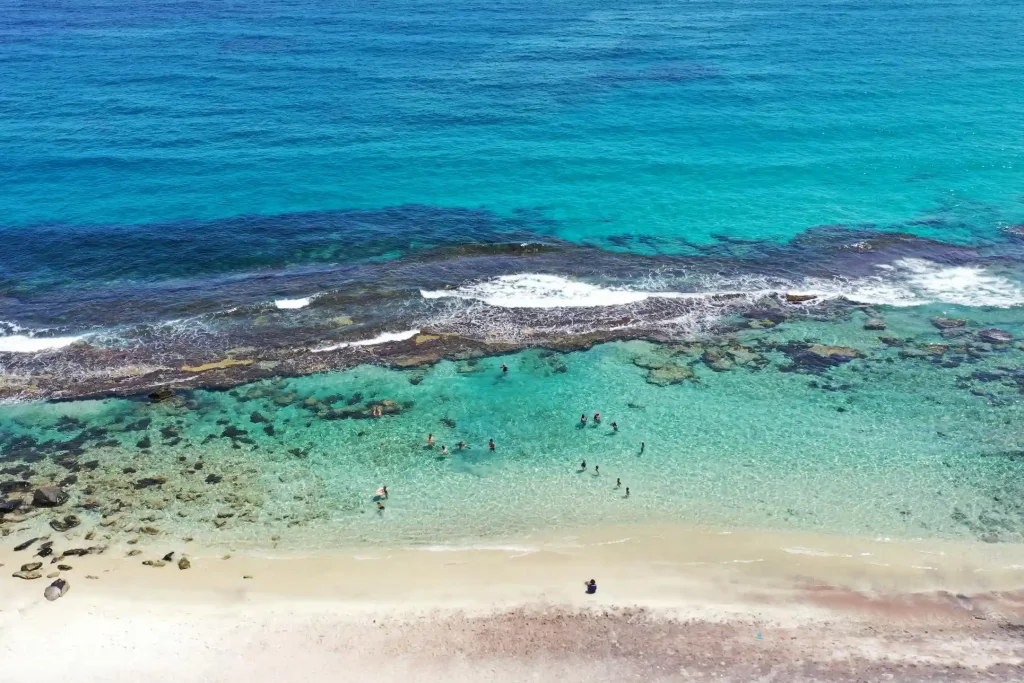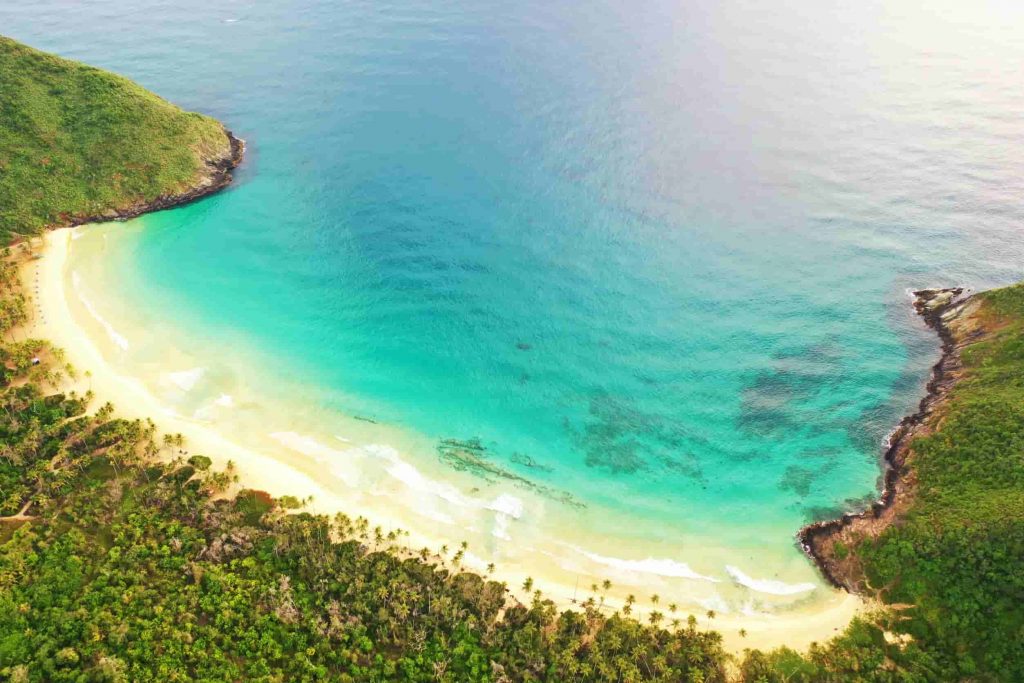Choroní is a coastal locality in the far north of the municipality of Girardot, Aragua state, Venezuela. It is located on the outskirts of the coastal mountain range of the Henri Pittier National Park.
The word “Choroní” originates from the name of the natives who inhabited the valley at the time of the Spanish settlement.

The coastal town of Choroní is only 3-31/2 hours’ drive from Caracas and less from Valencia. Choroní’s population is estimated at under 5,000. Major industries consist of fishing, growing cacao, and tourism.
Tourism has taken on major importance over the last decade and there are many new posadas that have sprung up with great food, accommodations and services. The beaches and hikes are spectacular, and one can rent a boat to go to other nearby coves / beaches and of course to fish or look for schools of dolphins.
By car / bus one has to pass through the mountain range makes up Henri Pittier National Park, the oldest National Park in Venezuela. The Park was originally created in 1937 under the name of Rancho Grande by decree of President Eleazar López Contreras. In 1953 the park was renamed in honour of Henri Pittier, a distinguished Swiss geographer, botanist and ethnologist. Henri Pittier arrived in Venezuela in 1917 and he proceeded to classify more than 30,000 plants in the country and devoted many years studying the flora and fauna in the park.
Henry Pittier National Park has the honor of having started the history of National Parks of Venezuela. Its 107,800 hectares, located in the north of Aragua state, comprise most of the Araguan coast and mountainous area of Carabobo state. It also borders San Esteban National Park. Henri Pittier National Park is the largest among the national parks of the Venezuelan Coastal Range.
The park consists of two geographic systems: a steep mountainous interior where there are more than 500 bird species and 22 endemic species and a coastal area with bays, beaches and resorts with huge tourism potential. There is a great diversity of flora and fauna. With its nine major rivers, the park is an important source of water for surrounding cities and towns. It also contains land where some of the best cacao in the world is cultivated, especially in the village of Chuao.
The park’s flora is exuberant. Arboreal ferns, bromeliads, and several species of ornamental plant-notably the rare, endemic Gunnera pittierana-flourish. Animal life is equally diverse and the park is home to pumas, ocelots, otters, brocket deer, tapirs, kinkajous, coatis, tree porcupines, several species of snake and lizard and the marsupial frog.
For birdwatching the park is one of the best locations in the whole of South America with around 580 species that represent 43 % of all the birds of Venezuela – Birding list Henri Pittier.

Wake early in the morning to radiant sunshine and prepare yourself for the day’s activities – all sorts of options are available – brisk walks along the mile long pristine beach of Choroni (lined with palm trees), short hikes into the local rainforest with it’s waterfalls, visit a local coffee plantation, take a boat trip to discover secluded beaches, paddle boarding, snorkelling, diving or just simply spend the day relaxing on the beach. As an aside, dolphin sightings are a regular occurrence along this particular stretch of the Caribbean.
This travel experience is a perfect start, or end, to your adventure holiday in Venezuela – just 3 hours from Caracas. Beautiful pristine beaches, inviting warm waters and beautiful sunsets – a wonderful spot to completely relax after a long trip or one of Angel-Eco’s special tours. The local food is also worth the trip alone – great seafood dinners and exotic local cocktails.